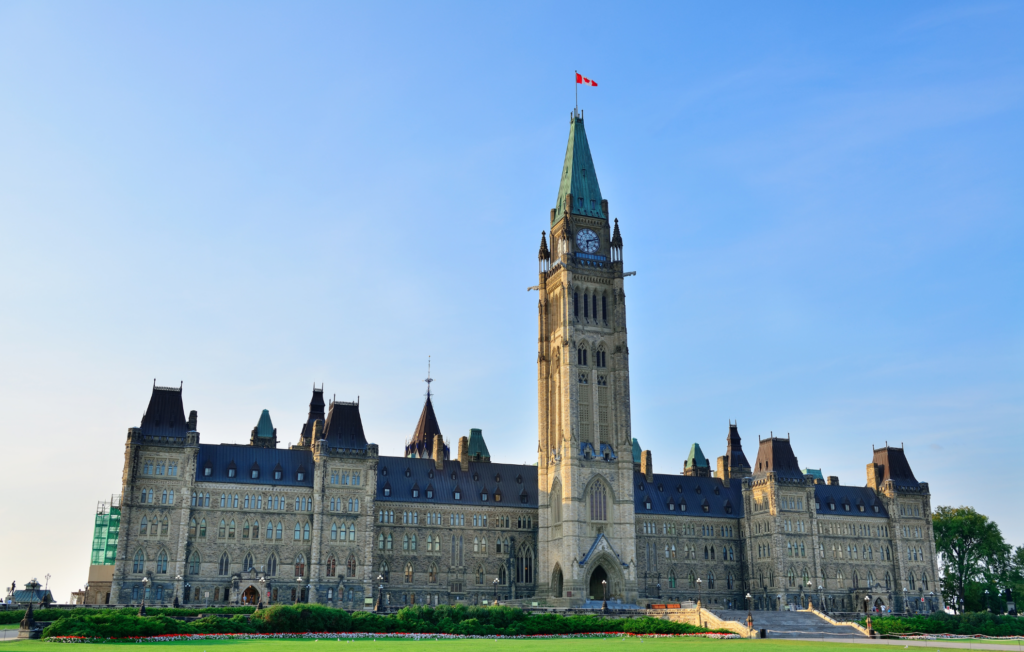Home » From Employee to Permanent Resident: 5 Strategies to Retain Global Talent in Canada
From Employee to Permanent Resident: 5 Strategies to Retain Global Talent in Canada

The content discusses various pathways to permanent residence (PR) in Canada for temporary foreign workers, particularly focusing on work permits and the processes involved. Temporary work permits, such as post-graduation work permits (PGWP), LMIA-based permits, and others, allow foreign nationals to work temporarily in Canada. However, these individuals often seek to transition to PR status to gain more stability and control over their residency without relying solely on their employers.
Understanding the importance of PR status is crucial for temporary workers. It offers stability, permits property ownership, and reduces post-secondary education costs for children. Many temporary workers depend on their employers for work permit extensions, making their status precarious. Factors such as work permit caps, employer's refusal to support LMIAs, and potential layoffs can threaten their positions, making it vital to explore PR options early.
The most recognized pathway to PR is the Federal Express Entry system, which ranks eligible candidates based on a Comprehensive Ranking System (CRS) score. Candidates submit profiles based on various criteria including age, education, language proficiency, work experience, and job offers. High-ranking candidates are invited to apply for PR through periodic draws, which can sometimes focus on specific groups or occupations, such as STEM fields or French speakers.
Express Entry consists of three streams:
-
Canadian Experience Class: Requires 12 months of skilled work experience in Canada and a minimum language proficiency.
-
Federal Skilled Worker Class: Requires 12 months of work experience either in or outside Canada, specified education credentials, language proficiency, and sufficient funds.
- Federal Skilled Trades Class: Targets skilled trades workers with relevant work experience and job offers or qualifications.
Once candidates receive an Invitation to Apply (ITA), they have 60 days to complete their applications, typically processed within five months.
Many temporary workers are exploring Provincial Nominee Programs (PNPs) as an alternative to the Express Entry system, which varies widely across provinces and territories. These programs attract immigrants who can meet specific economic needs. While PNPs may require job offers and intent to reside in the province, they offer nominations that can significantly boost a candidate’s Express Entry CRS score by 600 points.
Particular emphasis is placed on pathways for tech sector workers, as both Express Entry and PNPs often target in-demand technology occupations. This helps facilitate the immigration process for individuals in STEM roles.
Additionally, the Startup Visa (SUV) Program is available for entrepreneurs with innovative business ideas, requiring designation from supportive organizations, language proficiency, and sufficient funds.
Case studies illustrate the experiences of foreign workers navigating the PR process—one involved securing an employer-supported work permit leading to an ITA through Express Entry, while another highlighted success through the Ontario PNP.
Green and Spiegel, a prominent immigration law firm in Canada, offers assistance to candidates seeking pathways to PR by assessing their backgrounds and working closely through the application processes. The content concludes by promoting collaboration with Invest Ottawa for global tech companies seeking talent and encourages reaching out to Green and Spiegel for immigration-related inquiries.
Invest Ottawa
https://investottawa.ca
Invest Ottawa, is Ottawa’s leading economic development agency for fostering the advancement of the region's globally competitive knowledge-based institutions and industries. Invest Ottawa delivers its economic development services through a unique partnership with the City of Ottawa, where the City and Invest Ottawa, through its members set the strategy and manage the programs that move Ottawa’s economy forward. Invest Ottawa is a non-profit, partnership organization that operates on an annual budget that comes from a variety of sources including: municipal, federal and provincial government; membership fees; professional development programs; and private sector contributions.


